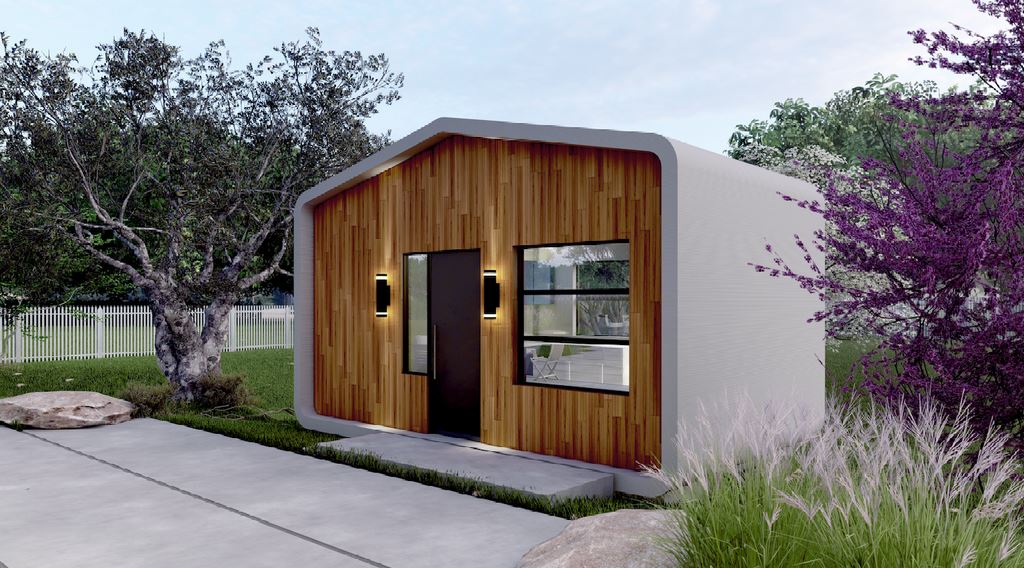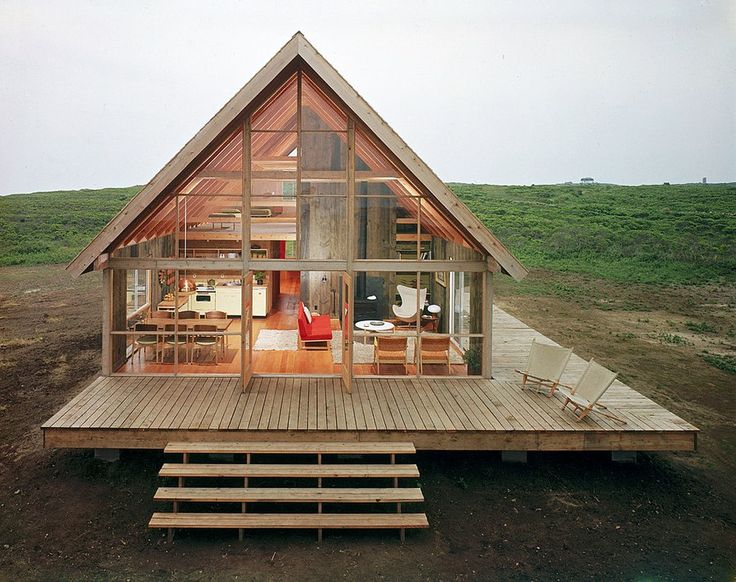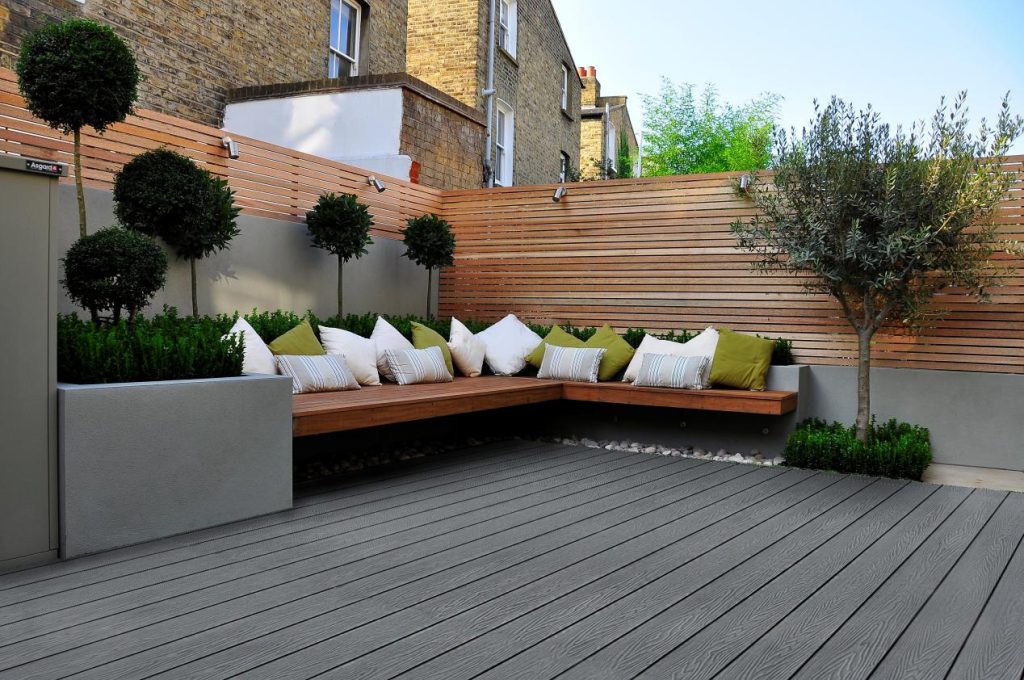A growing number of individuals are choosing prefabricated homes, demonstrating their potential as an affordable and environmentally friendly way to satisfy the world’s housing needs. The material responsible for this increasing trend is wood-plastic composite (WPC), which is robust and environmentally friendly. Prefabricated housing is a positive step toward finding cost-effective and environmentally responsible solutions to the world’s housing problems. Strong and environmentally friendly, wood-plastic composite (WPC) is driving this trend in the right direction.

Wood-plastic composites (WPC): innovative building blocks
Thermoplastics such as PE, PP and PVC are combined with wood fibers or wood flour to form wood-plastic composites (WPC). Wood plastic composite (WPC) effectively combines excellent properties of wood and plastic. It will be plastic low maintenance and durability combined with the real appearance of the wood and texture. WPC materials are widely used in outdoor applications such as decks, fences, and cladding due to their properties of moisture, rot, and insect resistance.
Panelboards and decking made of wood-plastic composites (WPC) have showcased the fusion of aesthetic appeal and practical functionality in building construction. Such material exemplifies the versatility and visual appeal of wood plastic with a natural look that simplifies installation and maintenance for a variety of indoor and outdoor environments. Wood-plastic flooring can also be used as a durable alternative to traditional wood flooring, characterised by easy maintenance and high resilience to all weather conditions.
The prefabricated home, also known as a modular home, is built in a factory environment rather than on site. Not only does this method increase operational efficiency and meet stringent quality standards, but it also reduces waste generation and greatly shortens construction time. In the past, these homes typically used treated or preserved lumber because of their strength and resistance to rot. The use of wood-plastic composites (WPCs) in prefabricated homes represents a significant advancement in construction methods, and the lightweight nature of WPCs, their excellent strength-to-weight ratio, and their resistance to moisture and corrosion make them excellent for a wide range of prefabricated home components.
Revolutionary architecture: prefabricated houses
Prefabricated houses, also known as modular houses, are manufactured in factories away from the final construction site. This method not only increases efficiency and maintains strict quality standards, but also minimizes construction waste and time. Historically, these homes were often built using treated or preserved wood, which is strong and resistant to decay.
Application of wood-plastic composites in prefabricated houses
The incorporation of wood-plastic composites (WPC) into prefabricated houses is a major advancement in construction methods. Due to its lightweight properties, impressive strength-to-weight ratio, and resistance to moisture and corrosion, wpc is well suited for a variety of prefabricated housing components. These materials can be customised with structural and decorative elements to suit different design and functional specifications.
Case Study: Wood Plastic in Prefabricated Houses
Here are a few examples to show the applications and benefits of WPC in prefabricated houses:
1.Structural components
The strength of WPC beams and columns is comparable to that of traditional materials, but they are lighter and easier to handle during the assembly process.
2.Interiors
WPC wall panels and fine flooring improve indoor air quality, are easy to clean and release low levels of pollutants.
3.Exterior cladding
WPC cladding provides excellent weathering and insulation properties that help enhance the energy efficiency of prefabricated homes.
The advantages of wood plastic in prefabricated houses

- By using wood composites made from recyclable materials, it meets sustainable building standards and practices sustainable development.
- The moisture, UV and insect resistance of WPC ensures a long service life and reduces maintenance costs.
- The versatility of the design, which can mimic natural wood or be customised with a variety of textures and colours, expands the possibilities of architectural design.
The future holds new trends and innovations in the use of wood-plastic technology in assembled buildings
New wood-plastic composites offer enhanced fire resistance, acoustic properties and biodegradability.
Integrating modern technologies with WPCs to monitor structural integrity and environmental conditions.
Driving closed-loop systems that facilitate the recycling or reuse of WPC components at the end of their life cycle.
All in all, wood plastic composite (WPC) is expected to significantly promote the construction of prefabricated houses, beautiful and environment for modern architecture to sustainable solutions. With the progress of technology and environmental protection consciousness, wood plastic and the fusion of precast structure provides the global housing industry sustainable long-term solution, with cost effective and environmental responsibility to respond to the global demand for housing.







